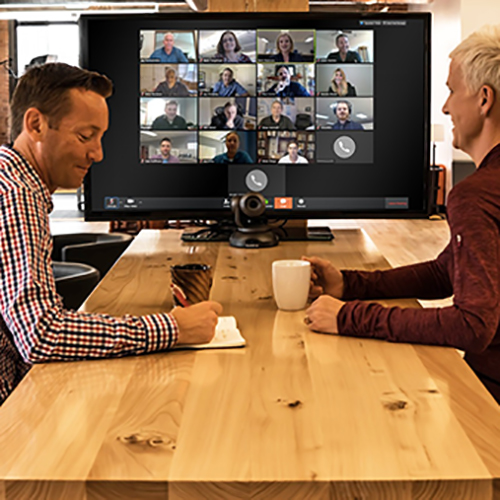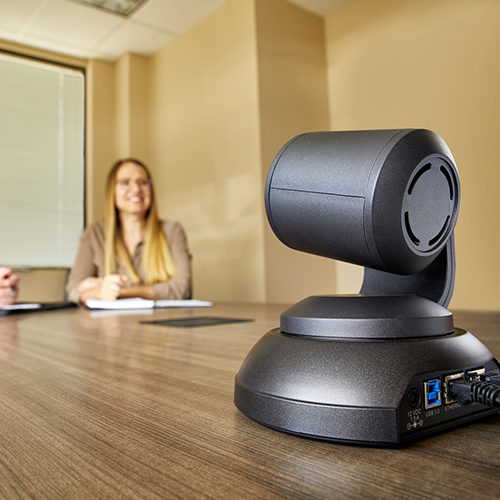Posted on 5/6/2019 by Vaddio Team
When is it Time to Invest in Huddle Spaces?
Here is a simple checklist you can use to help determine whether the huddle space conversation needs to be moved from something that would be “nice to have” to something businesses “need to have.”
For how many of the following would you check “yes”?
- Are you looking to attract younger talent that places value on collaborative capabilities?
- Is your company becoming more decentralized, adding to the remote worker population and creating a greater daily need for videoconferencing?
- Have you or are you moving to an open floor plan where more private breakout meeting spaces need to be provided?
- Will your company be replacing laptops with more cost-effective tablets while moving local files to the cloud for enhanced content sharing?
- Are millennials more than 50 percent of your corporate population?
If you answer “yes” to any of these questions, it’s worth looking into adopting huddle spaces.
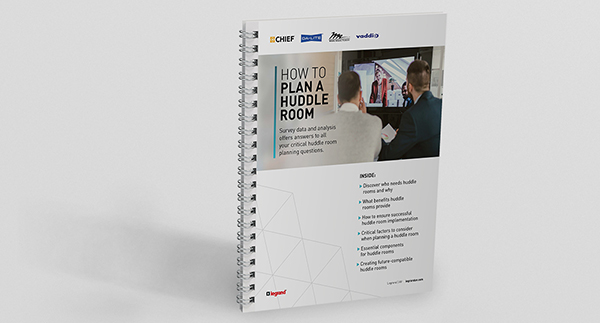
What are the essential elements of a huddle room? Find out in our new ebook.
Measuring the Success of Huddle Spaces
Once you have invested in huddle spaces, how do you know if it was worthwhile? Like many return on investment (ROI) models, soft dollars need to be considered when assessing value. Our recent survey found that a majority of responders defined success in three major categories:
- Helping other employees – 65%
- Building teamwork and improved efficiencies – 59%
- Saving money on travel – 38%
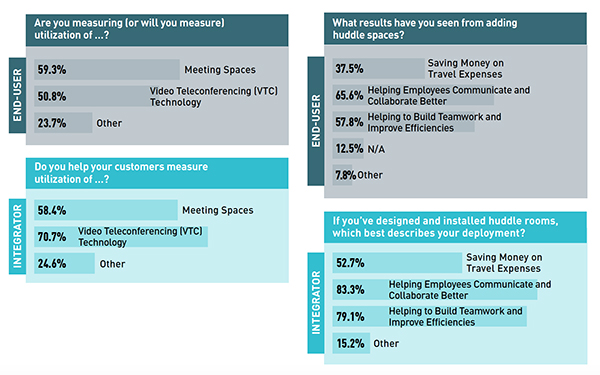
There are other key performance indicators (KPIs) that can be used to determine a huddle space’s success. Room up-time is one of the most important aspects.
Are you measuring (or will you measure)
The simplicity of a huddle room lends itself to being all about connecting and meeting fast. A good huddle room eliminates downtime, because connecting is easy and quick. Another important KPI is the actual room usage. How many hours a day/week is the space being used? A major trend in the early 2000s saw companies building spaces and buying technology that did not get used. Today’s data analytic systems will tell you exactly how often a space is being used and how often.
A space that is used generates an output that drives profitability for the corporation. There is no doubt that the huddle room seems like Venus if you’ve been brought up on Mars. In reality, the two worlds are much closer than you think. People of all generations are using BYOD for social reasons and using consumer-based videoconferencing to connect with friends and family. Our core differences are really not as different as we make them out to be.
Huddle rooms promote collaboration, enable free-flowing ideas, connect people and save corporations money while attracting top talent. Most organizations would certainly embrace this value proposition.
How do you ensure successful implementation? What are the essential components for a huddle room? Find out more about Huddle Spaces from our new e-book.
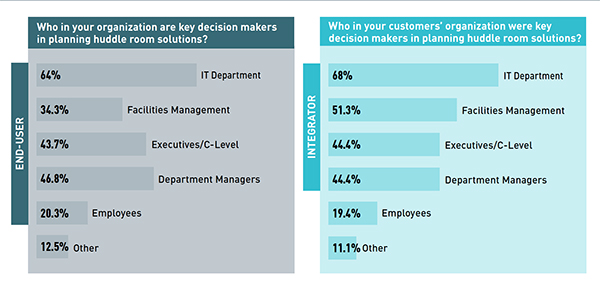

 All News
All News